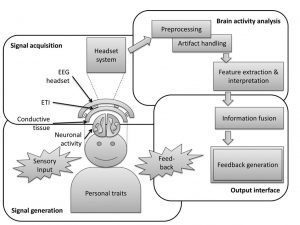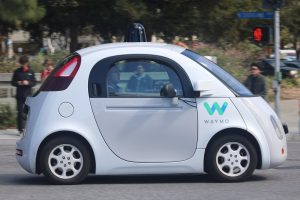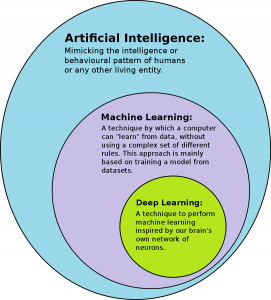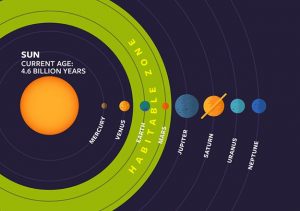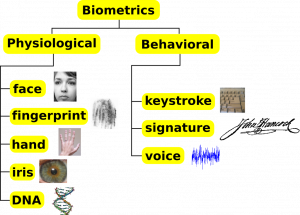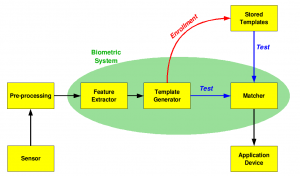Since its first release in 2016, there has been a massive surge in the popularity of Apple AirPods, wireless Bluetooth earbuds that promise to deliver ‘effortless, all-day audio on the go’. Although AirPods certainly provide a unique and convenient user experience, many concerns have been raised about the health risks of wireless earbuds.

In 2019, Apple released the AirPods Pro. These second-generation AirPods have many updated features, such as noise cancellation. (DrNickStafford / Pixabay)
How do wireless earbuds work?
Each Bluetooth product has a tiny computer chip inside that contains the Bluetooth radio and software that makes connectivity between devices possible. When Bluetooth-enabled products are in close proximity to each other, they are able to connect through radio waves. This allows wireless earbuds to pair with your phone, tablet, or computer.
What are the concerns about the health risks of wireless earbuds?
Many scientists have suggested that using wireless earbuds may come with potentially harmful consequences. Scientists suspect that Electromagnetic Field (EMF) radiation, a type of radiation emitted by Bluetooth devices, may be responsible for these harmful consequences.

EMF radiation from Bluetooth-enabled devices may lead to brain damage. (Solar22 / Shutterstock)
In 2011, the World Health Organization (WHO) and the International Agency for Research on Cancer (IARC) published a report which classified EMF radiation as possibly carcinogenic (cancerous) to humans, based on an increased risk for glioma, a malignant type of brain cancer correlated with wireless device use. However, the WHO maintains that this correlation cannot be confirmed due to inadequate evidence and possible confounding variables.
“Given the potential consequences for public health of this classification and findings, it is important that additional research be conducted into the long‐term, heavy use of mobile phones. Pending the availability of such information, it is important to take pragmatic measures to reduce exposure such as hands‐free devices or texting,” said IARC Director Christopher Wild.”
In 2015, further concerns were raised by over 200 researchers from more than 40 countries. These researchers submitted an international appeal to the United Nations (UN) and the WHO to lower the exposure limits of EMF. In their appeal, they affirmed that there are numerous recent scientific publications that have shown harmful consequences of EMF radiation on humans, which include increased cancer risk cellular stress, increase in harmful free radicals, genetic damages, structural and functional changes of the reproductive system, learning and memory deficits, and neurological disorders. The researchers insist that these findings serve as growing evidence that EMF radiation may have a harmful impact on users, and that precautionary measures should be taken.
So, are AirPods safe or not?
We know that wireless Bluetooth devices like AirPods emit EMF radiation on humans. What we don’t know yet, is the amount of EMF radiation that AirPods emit, especially since they are placed in the ear canal, which exposes tissues in the head. So in the meantime, AirPods users can decide to err on the side of caution and discontinue using the product, or continue to use the product for ‘effortless, all-day audio on the go’.
– Alessandra Liu


